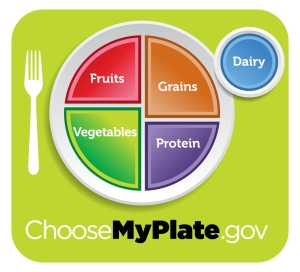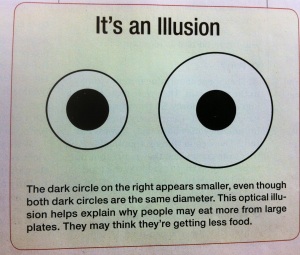“USA Today” published an article on June 12, 2013 with some great evidenced-based information for preventing elevated blood sugar.
There’s a new study that showed the benefits for walking 15 minutes after every meal: “If you’re at risk for developing type 2 diabetes, then take a walk after every meal.”. This works as well as one-45 minute walk once each day.
People know they are at risk for developing type 2 diabetes if they have these characteristics (according to the American Diabetes Association):
- People over age 45
- People with family history of type 2 diabetes
- People who are overweight
- People who do not exercise regularly
- People with low HDL cholesterol or high triglycerides, or high blood pressure
- Certain racial and ethnic groups (non-Hispanic blacks, Hispanic/Latino Americans, Asian Americans & Pacific Islanders, and American Indians and Alaska Natives
- Woman who had gestational diabetes or who gave birth to a baby weighing 9 or more pounds at birth
Walking after every meal, especially dinner helps lower post-meal blood sugar for 3 or more hours, based on the study referenced in the article. The study was done at the George Washington University School of Public Health and Health Services. Loretta DiPietro, the study lead’s author stated, “You eat a meal. You wait a half-hour and you go for a 15-minute walk, and it has proven effective in controlling blood sugar levels, but you have to do it every day after every meal. This amount of walking is not a prescription for weight loss or cardiovascular fitness – it’s a prescription for controlling blood sugar.”.
The timing of the walks is important to provide the benefit. Walking causes the muscles to contract, clearing the blood sugar for the walker.
“USA Today” reports that there are, “…almost 26 million children and adults (8.3% of the population) in the USA [who] have diabetes, and about 79 million Americans [who] have pre-diabetes.” Diabetes is one of the leading contributors to heart disease/stroke, high blood pressure, blindness, kidney disease, neuropathy (nerve disease), and amputation. According to the American Diabetes Association, it costs the US $176 in direct medical costs each year.
John Anderson, president of the American Diabetes Association stated, “What we don’t know is if it [post meal 15-minute walk] is going to make a big difference over time in people’s progression from prediabetes to diabetes – any more than the standard exercise advice of walking 30 minute a day five days a week.”
What has been proved is the Diabetes Prevention Program. With a 5-7% weight loss and physical activity that equals 150 minutes per week, a person has a decreased risk for developing type 2 diabetes, or delaying its onset. The YMCA’s across the country offer this program in many communities, including Rochester, NY. Call: 585-341-4064 for information, or check our website: YMCA’s DPP.
This study promotes moving, and recognizes acute benefits of moving. Stay tuned for more info!


